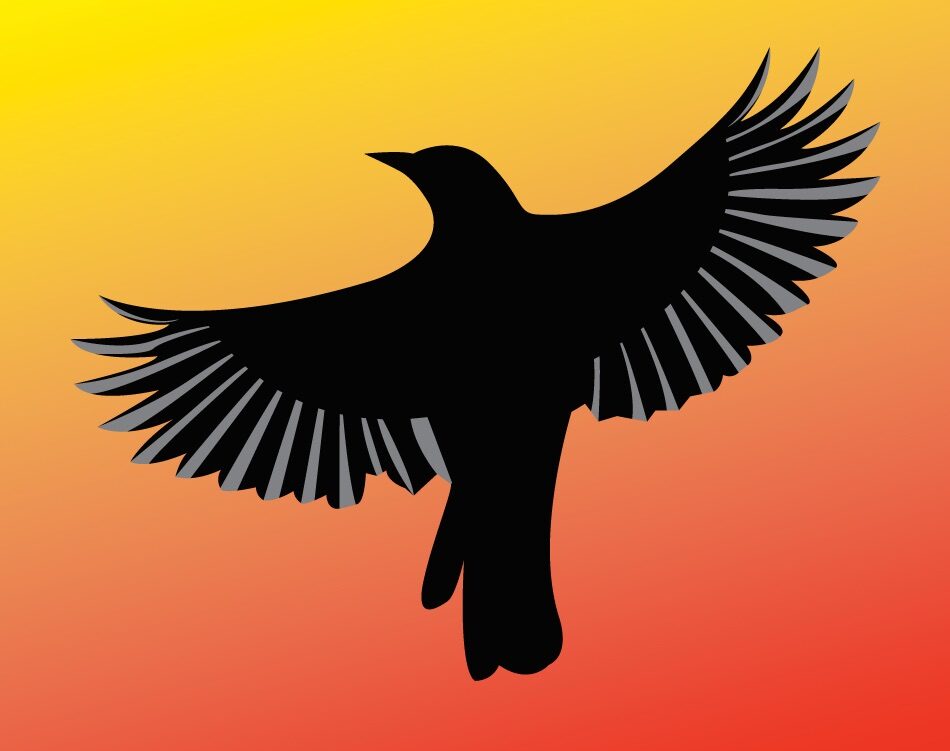Interview: Todd Fahnestock and Giles Carwyn on “True Love (Or the Many Brides of Prince Charming)”
“True Love (Or the Many Brides of Prince Charming)” is in Innocence and Deceit, the second volume in the Ever After Fairy Tales anthology series. Enter the magical, unpredictable, wonderful world of fairy tales! Meet Todd Fahnestock and Giles Carwyn! Todd and Giles have been friends since high school. They co-wrote The Heartstone Trilogy, an…
